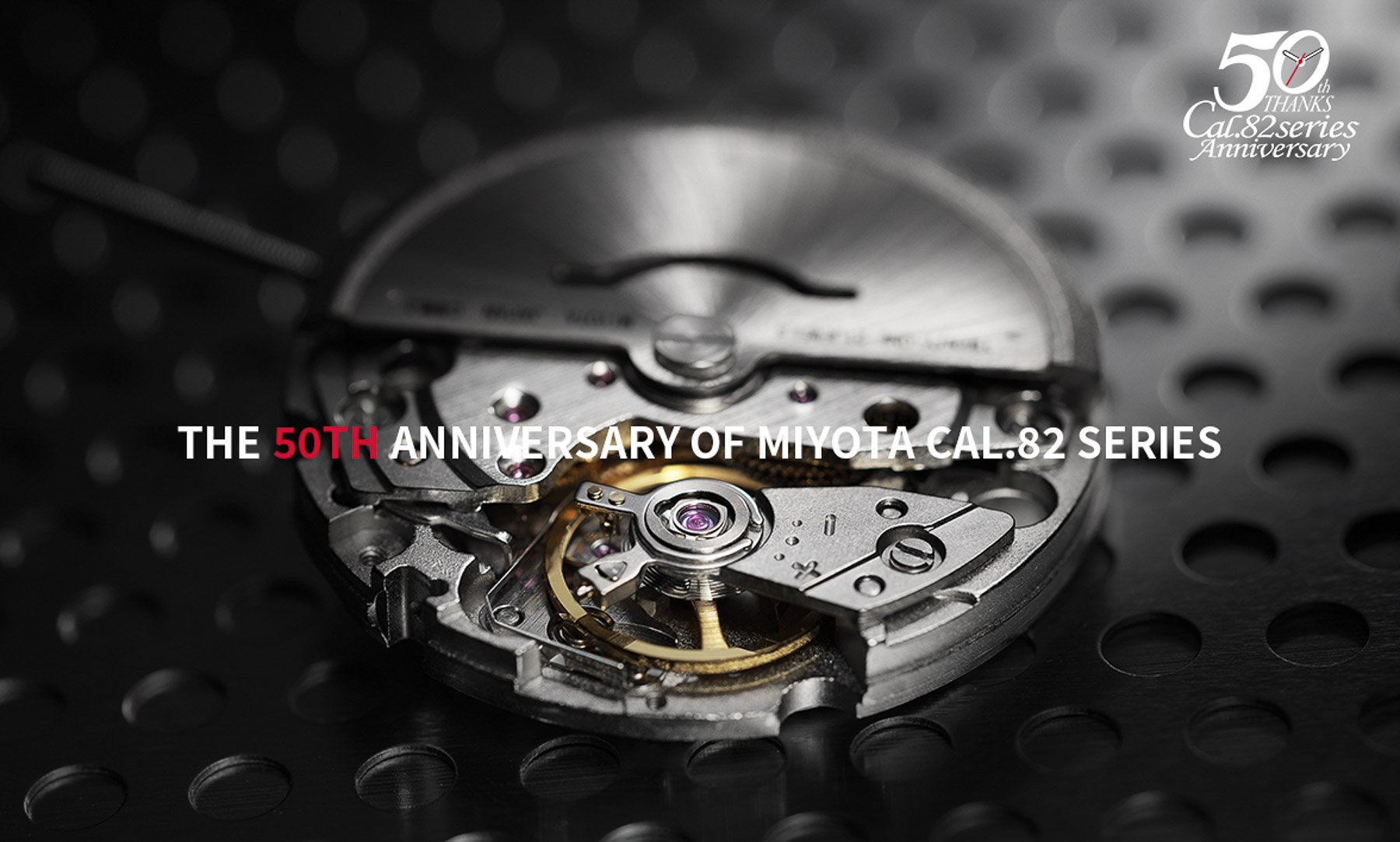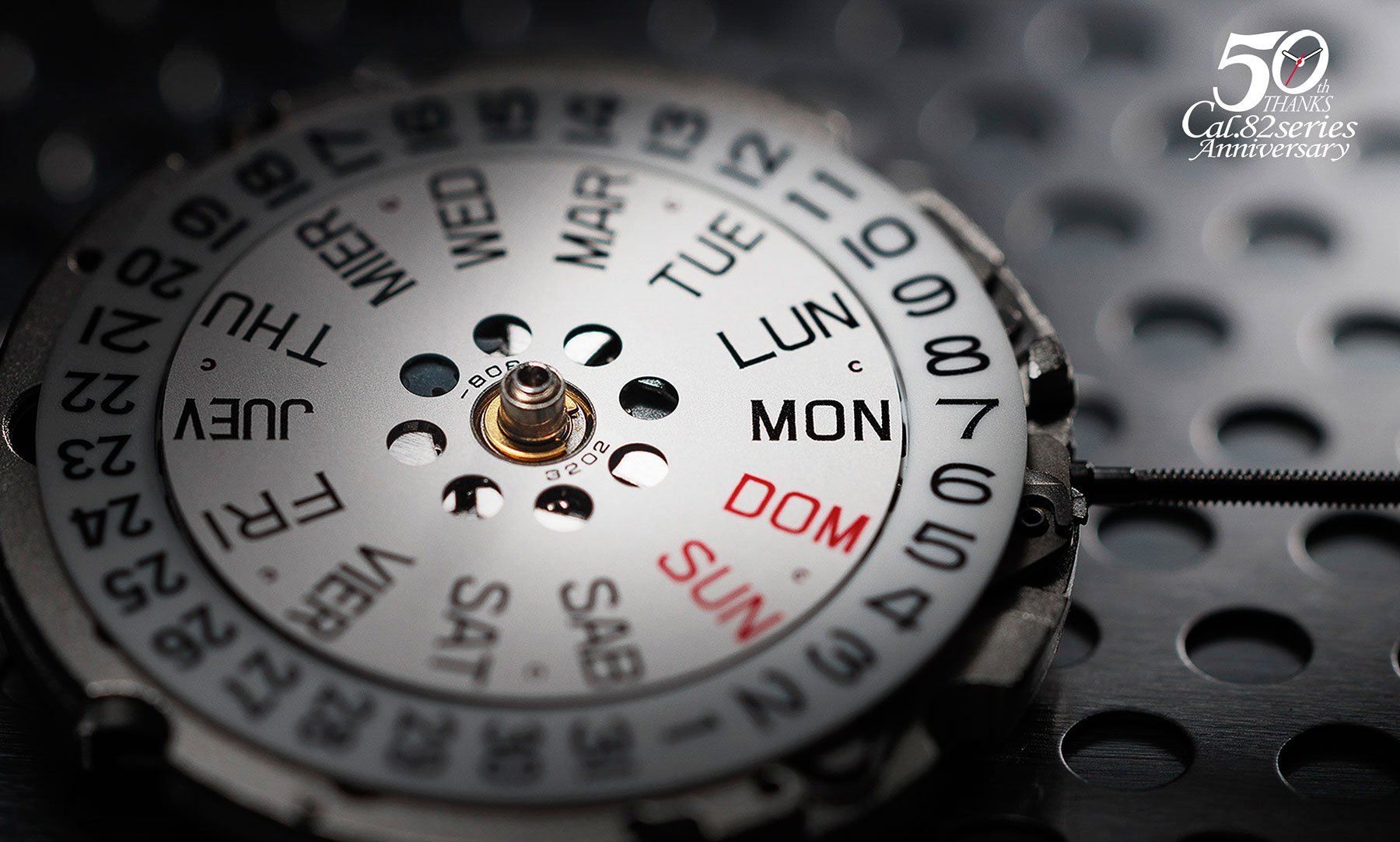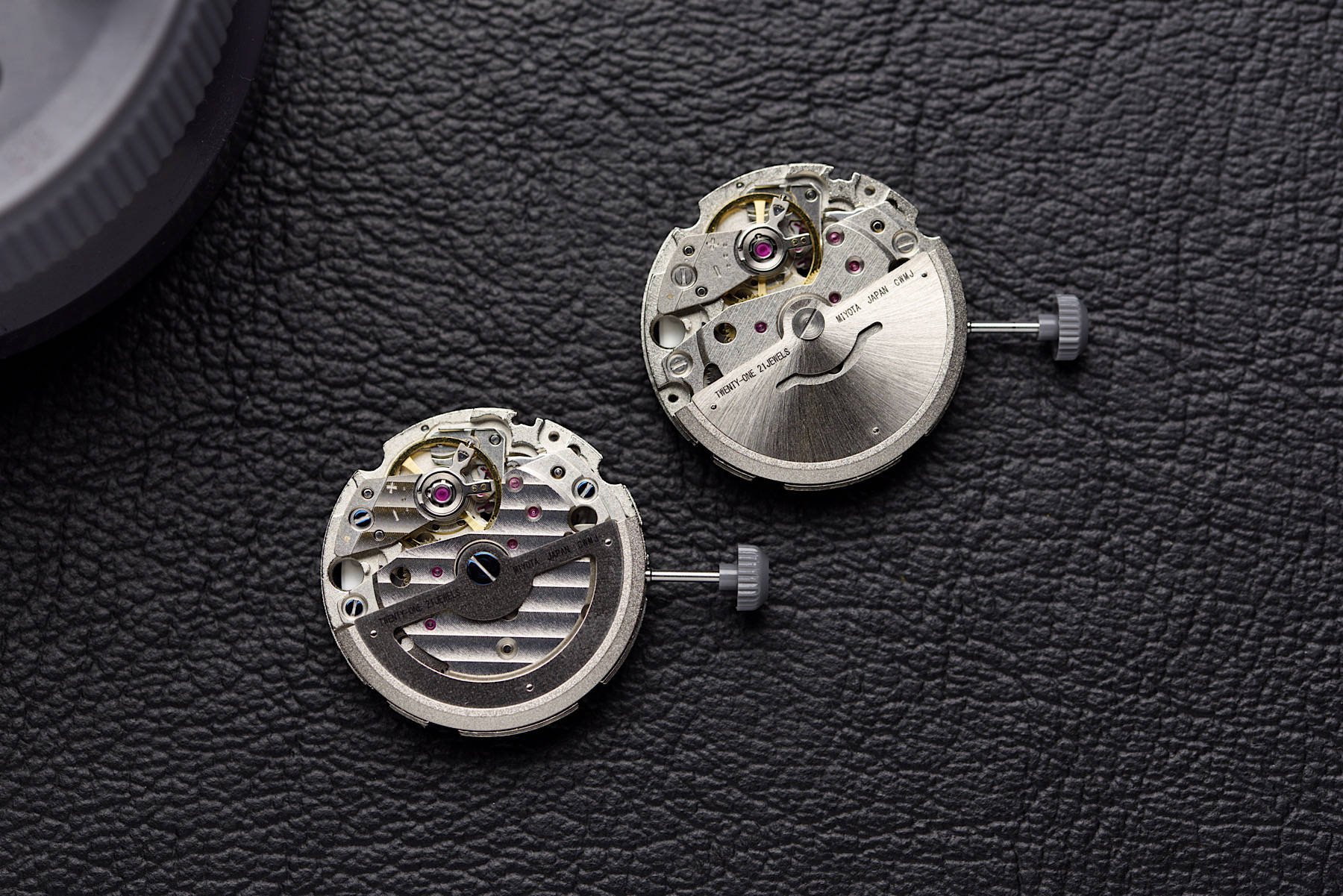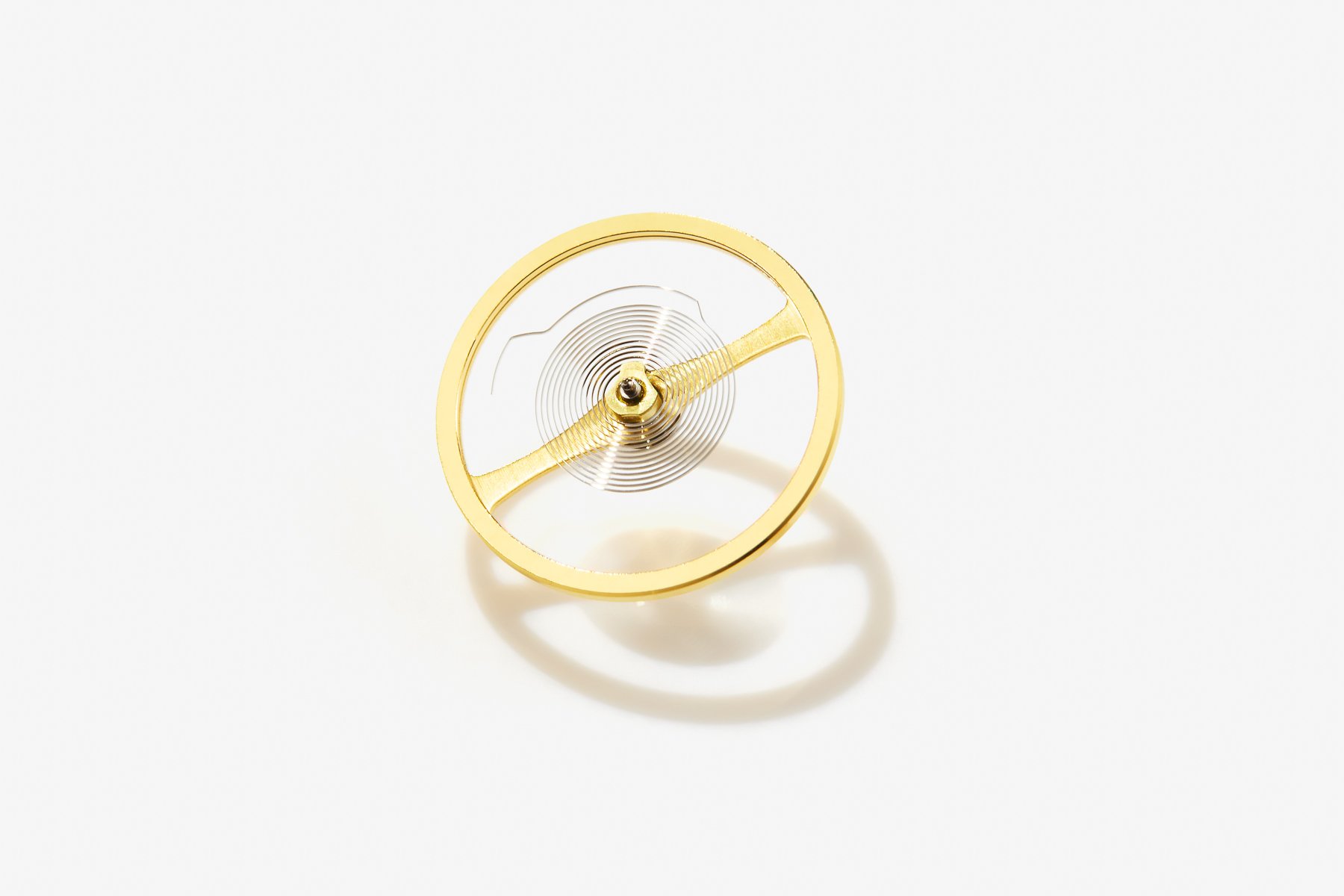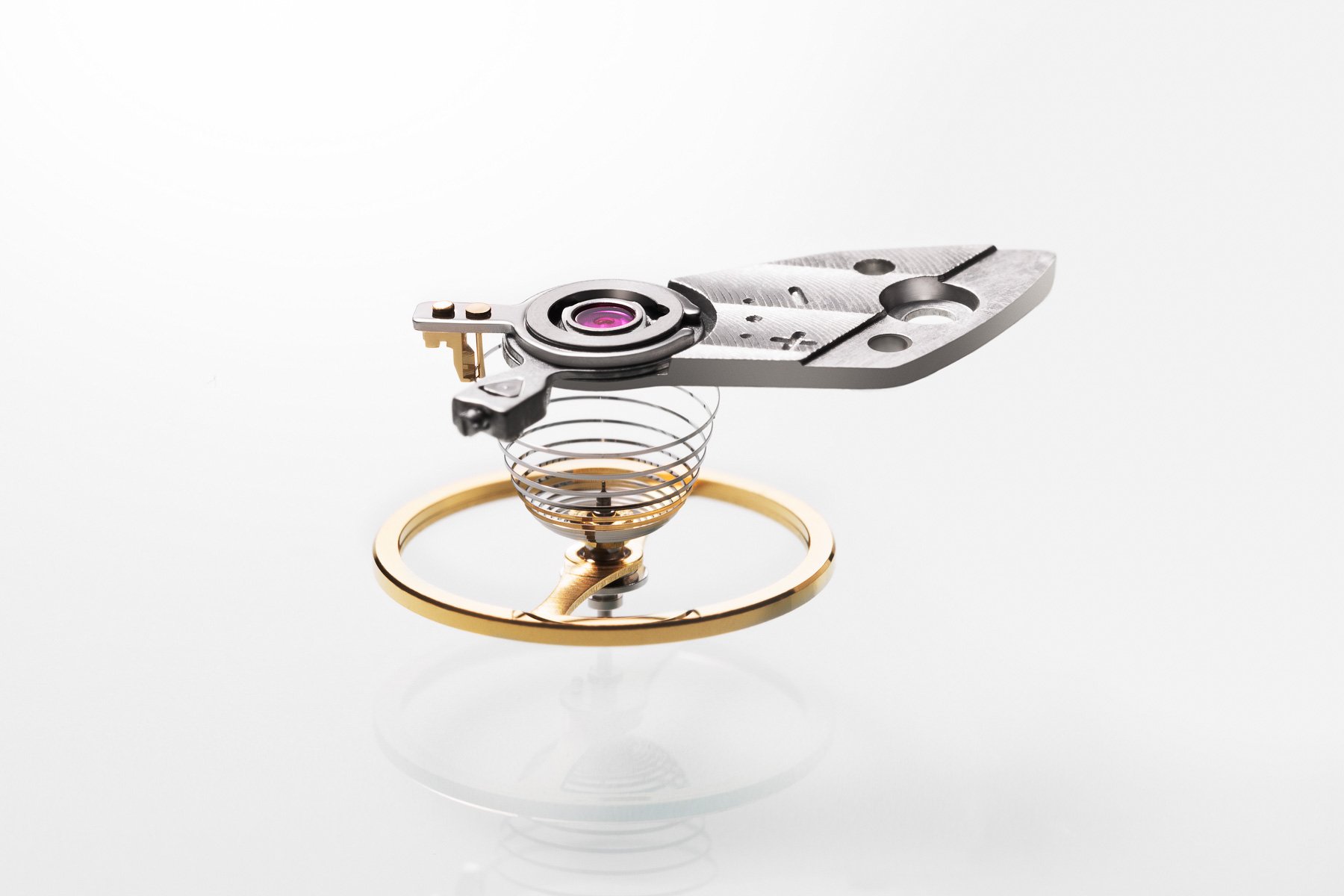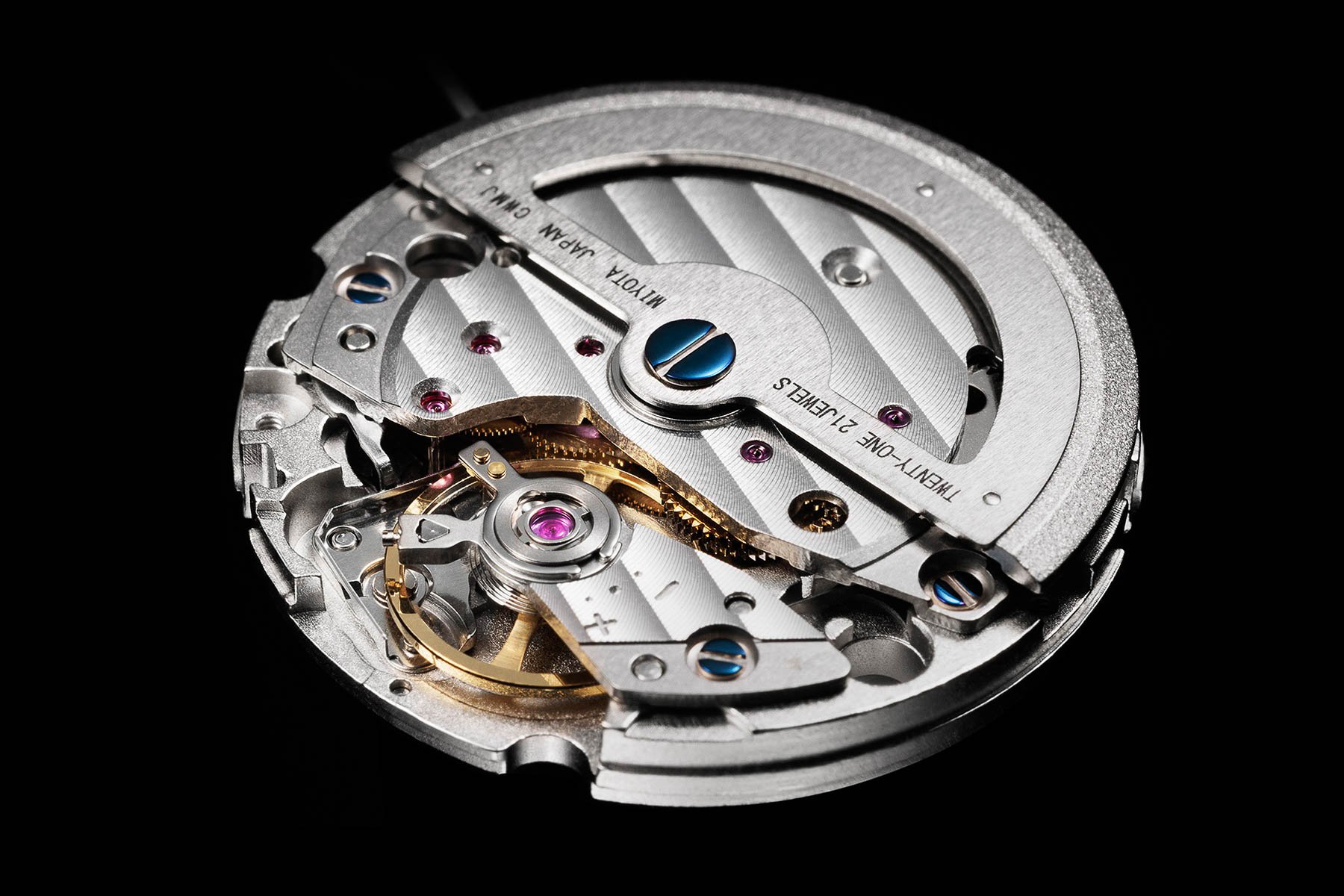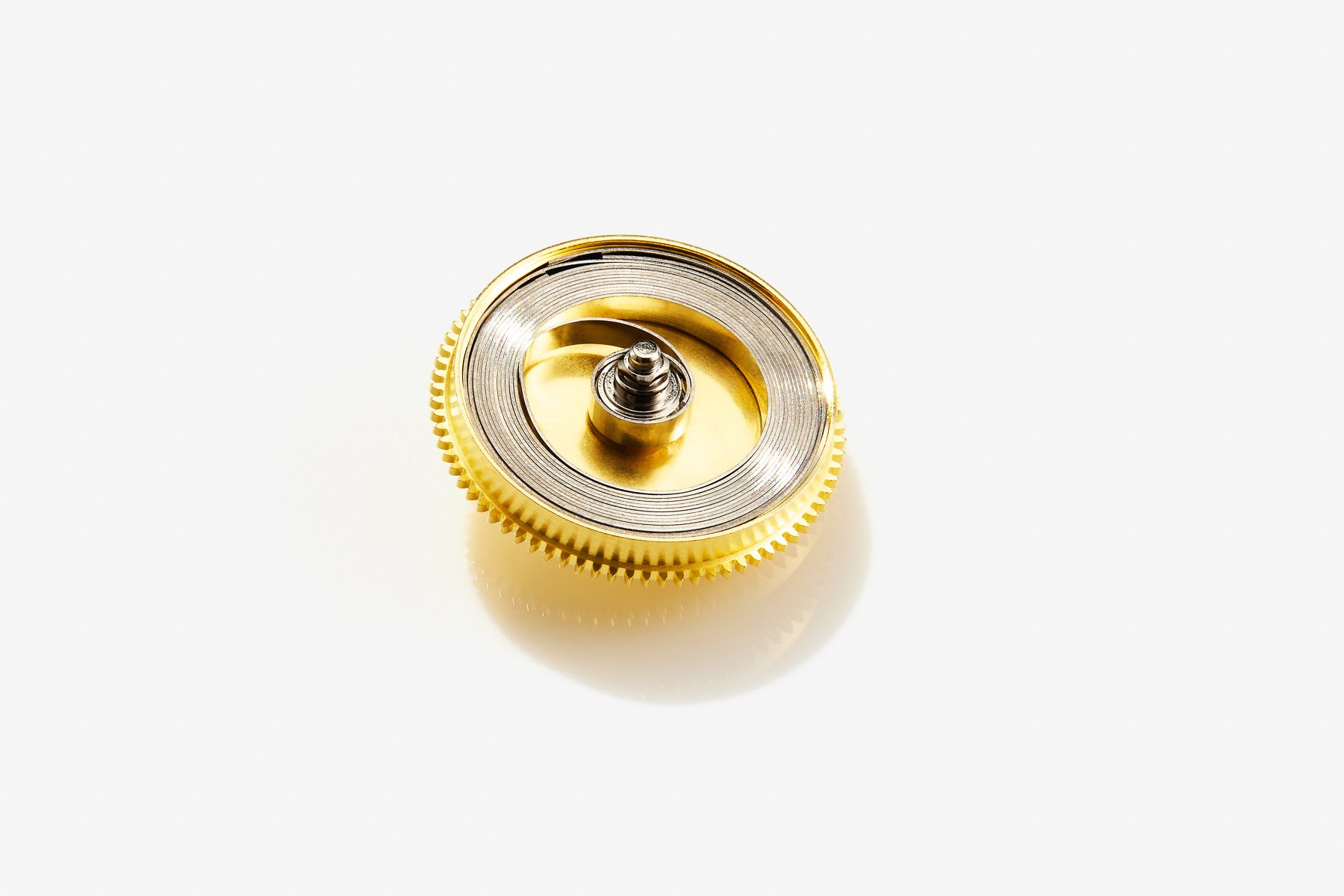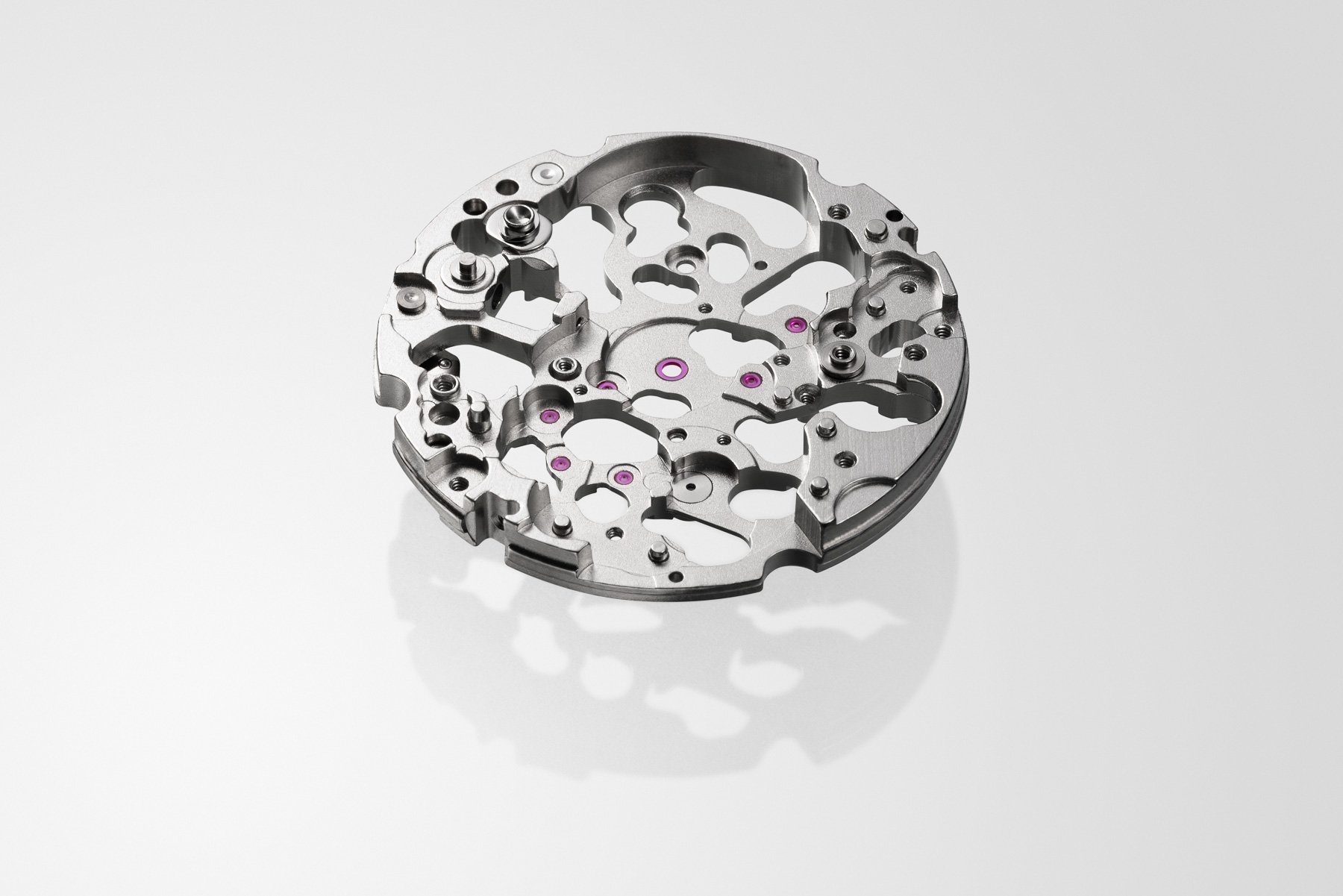Miyota Celebrates 50 Years Of The Caliber 82 Series
Miyota is synonymous with high-quality, affordable mechanical movements. Collectors of independent and microbrand watches know the name well. This year is special for the brand because it marks the 50th anniversary of the popular Caliber 82 series. To celebrate this automatic movement’s success, let’s examine its core elements.
In a world where small, creative watch brands wish to equip their wares with a robust and affordable automatic movement, the Miyota Caliber 82 series looms large. The original 82 was introduced in 1975 by Miyota, a division of Citizen Watch Co., Ltd. Ironically, it was an answer to Citizen’s affordable quartz movements that were dominating the watch landscape. Indeed, we can thank the 82 for helping mechanical watches survive during a difficult era. Now, after 50 years, it’s time to celebrate by looking more closely at what makes this movement tick. And, if it’s convenient, why not visit Miyota in person at a large conference?
The Miyota Caliber 82 at Inhorgenta
Due to the special anniversary of the Caliber 82 series, Miyota will pay special focus to its mechanical movement lineup at the upcoming Inhorgenta Fair. This event, which claims to be Europe’s leading jewelry, watch, and gemstone fair, is held in Munich, Germany from February 21st–24th. I haven’t had the pleasure to attend, but I recall browsing the Miyota booth when the brand attended Baselworld. It is always fascinating to view the innards of a watch while discussing the particulars with the friendly Miyota team.
The genesis of a respected movement
As mentioned, quartz was incredibly popular during the ’70s and threatened the existence of mechanical movements. Within Citizen, though, a core group of designers created the Caliber 82 to reinvigorate interest in mechanical watches. A focus on material innovation, mechanical design, and quality led to the introduction of the now-famous line of movements. In 1986, the 8205 became available for all companies to purchase to promote mechanical watches.
Durable and easy to repair
Miyota’s Caliber 82 series is notable for its durability, and due to the different variants’ accessibility and popularity, one is often a person’s first mechanical movement. The movements are also simple to repair. Their frequency of 21,600vph reduces wear on the running train. The calibers also give brands the option of three hands and a date function. Hacking (stop-seconds), Parashock, and a quick-set date are included. Miyota even uses a heavy tungsten rotor to improve rotation winding efficiency. Additional variants, including the 8315 with a 60-hour power reserve or the skeletonized 8N series, are also available. Citizen’s vertically integrated production and assembly process affords this level of flexibility within the movement family.
Hairspring and balance
Miyota makes hairsprings for the Caliber 82 and the rest of its movement catalog. The brand maintains that it can offer shape and material property precision in 0.0001mm increments!
Similarly, Miyota employees undergo lengthy training to obtain qualifications allowing highly precise balance wheel production.
The tungsten rotor of the Caliber 82 series
Miyota’s craftspeople weld the tungsten rotor to the central portion of the oscillating weight. This precise fitting ensures smooth and efficient winding. This creates balance when holding or wearing the watch. Note that a skeletonized rotor is available, allowing the owner a greater view of the Caliber 82 movement.
An in-house barrel
A barrel may seem like a basic component, but the Miyota factory produces this all-important spring component internally. The material is cut from a wider strip into 1mm widths. It is then rolled with a tolerance of 0.01mm and heat-treated to ensure consistent properties throughout the length of the spring. All of these processes ensure consistent timekeeping for the Miyota Caliber 82.
Caliber 82 and its complex mainplate
Caliber 82’s mainplate is a fascinating object, but its shape is the result of more than 50 process steps. Machining, jewel setting, and surface finishing are some of the procedures that create the foundation for this movement. It is only after these steps are complete that the movement can be assembled.
A reliable partner for creative brands
Miyota’s Caliber 82 isn’t rare or expensive, but its existence as a dependable movement available to all is key for the industry. Using a Miyota movement adds credibility to a new, unknown brand during launch. It also allows for simple servicing. Most importantly, though, for the past 50 years, the movement and its variants have allowed fans to own a quality mechanical watch at a reasonable price. We look forward to the next 50 years of the Caliber 82 series and its ongoing development.
This is a partnership post. Read about our transparency here.

